Sound - Ergonomics - Optics
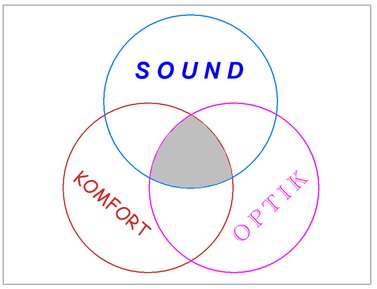
Every detail influences the properties of the whole. Each component of the guitar is made from a specific material and has its own special shapes and dimensions.
The many interactions between these properties offer a wide range of combinations that affect not only the sound, beauty and comfort, but also the price or value of the instrument.
What is the navigator useful for?
Body Control Points CPs
The aim of the E-G Navigator is to find a quick and clear orientation in the shapes of different guitars. And show how to define the dimensions of shapes in their actual size, using as few boundary points with their coordinates as is at least necessary.
For Pickups positions, it is sufficient to define only the coordinate of their center on the X axis.
The position of the bridge is determined by the zero point of the body, the Y-axis (axis of the scale) usually runs 2 millimeters before the point where the thinnest string "e" rests.
Headstock CPs - symmetry
Before dealing with the contour of the headstock, we must focus on the positions of the shafts of the tuners for the outer strings E6 -e1.
The positions of the remaining four strings (A-D-g-b) are obvious with perfect symmetry.
A minimum of 14 checkpoints is sufficient to enter the head contour sufficiently. Of course, including the zero point on the front edge of the nut.
Headstock CPs - asymmetry
Before dealing with the contour of the head, we must focus on the positions of the shafts of the tuners for the outer strings E6 -e1.
The positions of the remaining four strings (A-D-g-b) are obtained by dividing the length of the line E --- e1 into 5 equal sections.
A minimum of 13 checkpoints is sufficient to enter the head contour sufficiently. Of course, including the zero point on the front edge of the nut.
Fretboard CPs
The outline of the fingerboard is essentially a trapezoid.
If it were a rectangle, we would have to have too narrow a string spacing on the bridge (string spacing approx. 30-40 mm).
The X and Y positions of the four corner control points are sufficient to enter the trapezoid.
We need two more CPs on the edges to place the trapezoid on the central axis.
By entering the position of the octave fret, we define the scale length of the strings. We need at least 7 CPs in total.

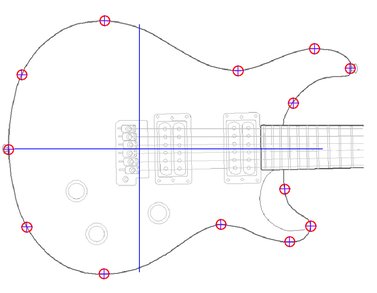
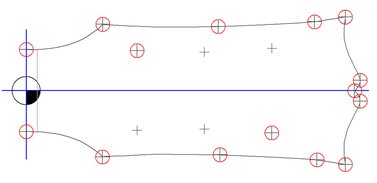
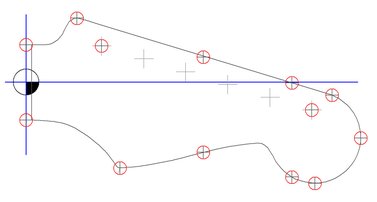
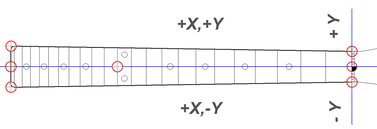
Comments (0)
No comments found!